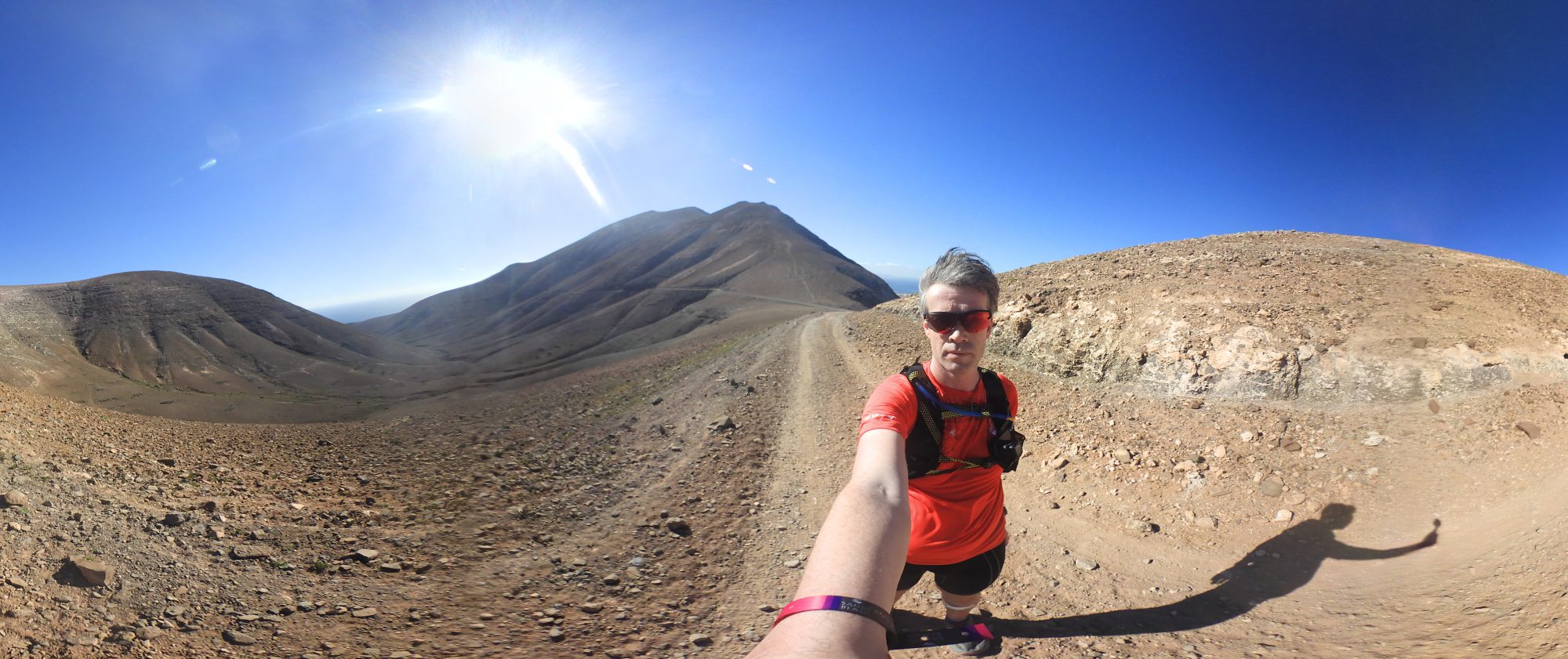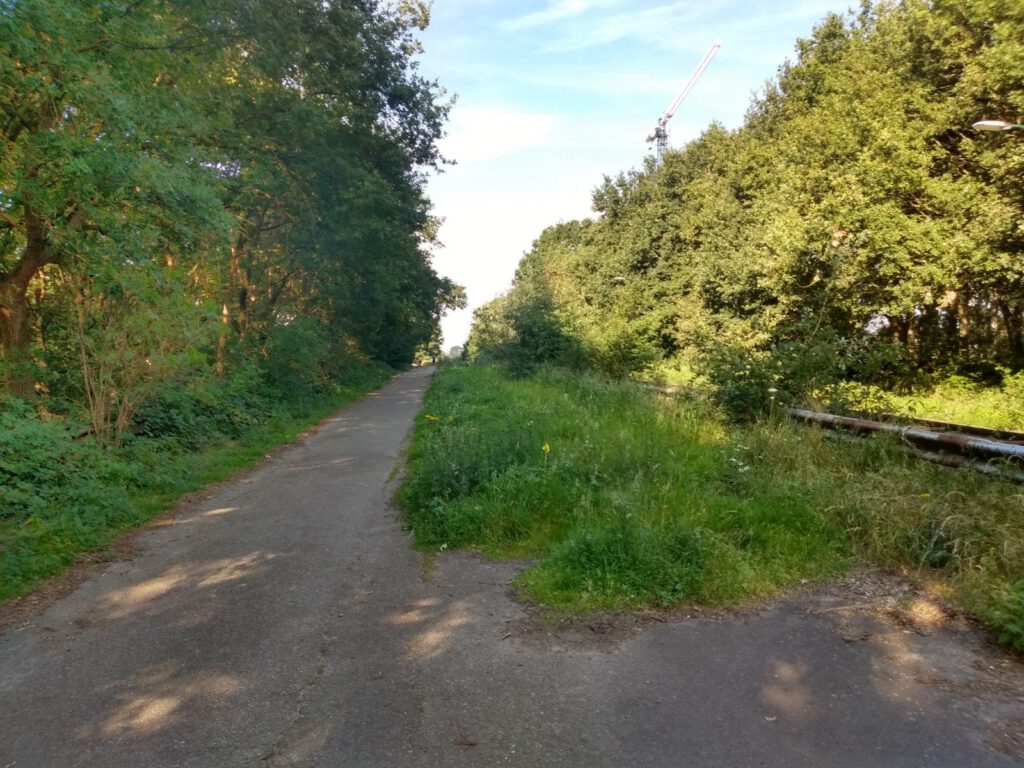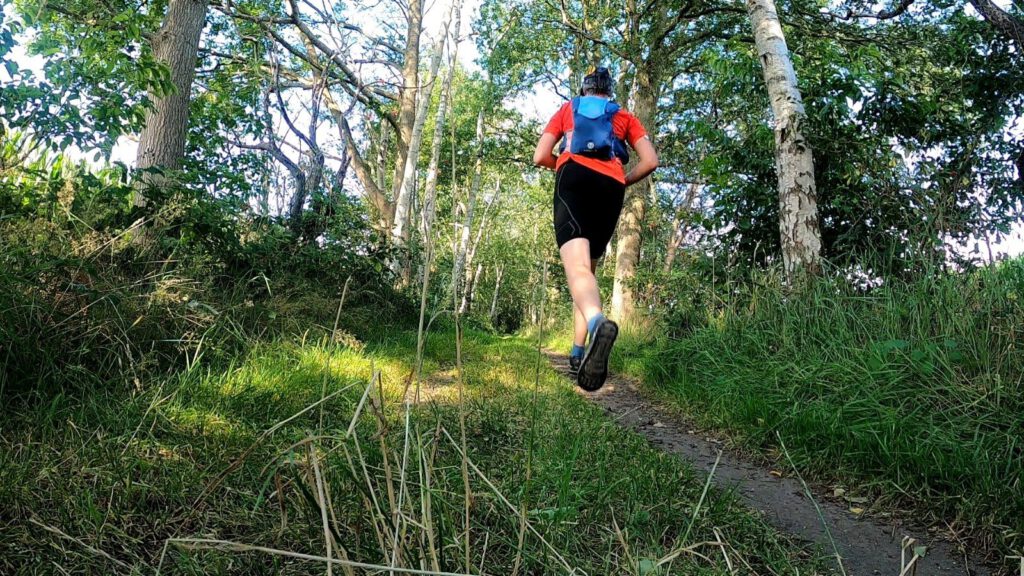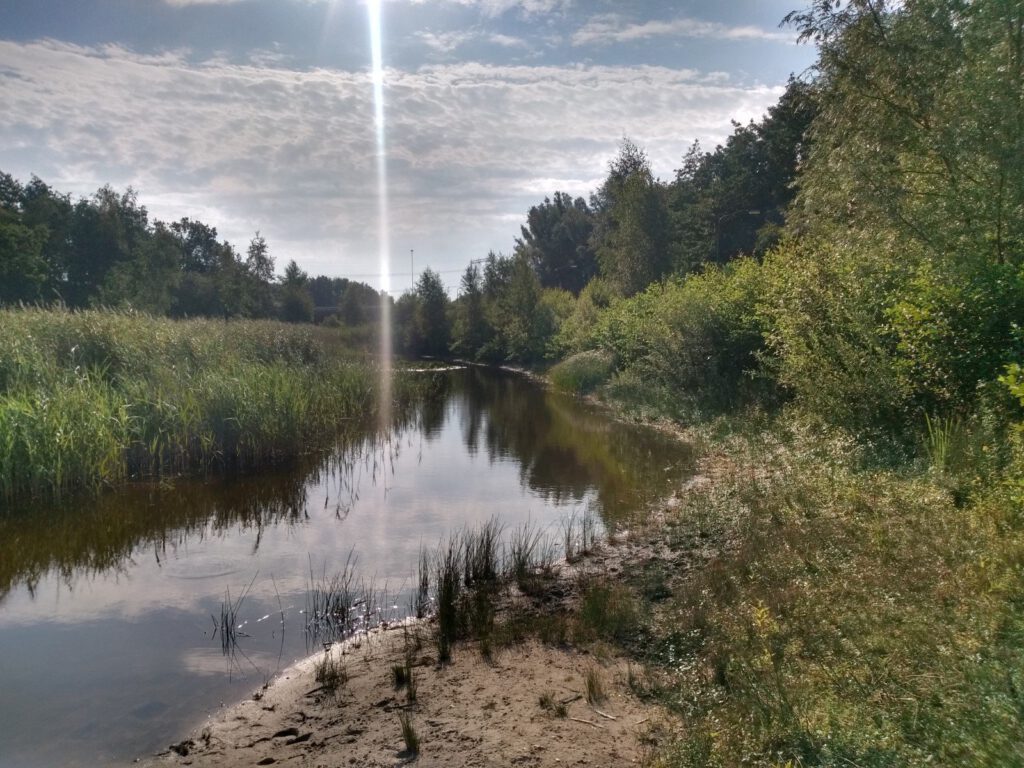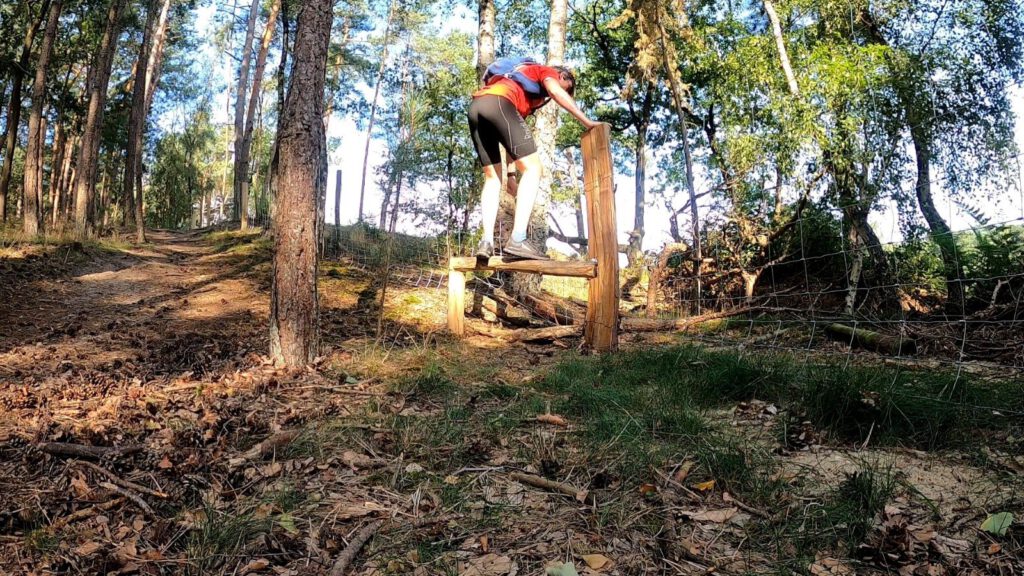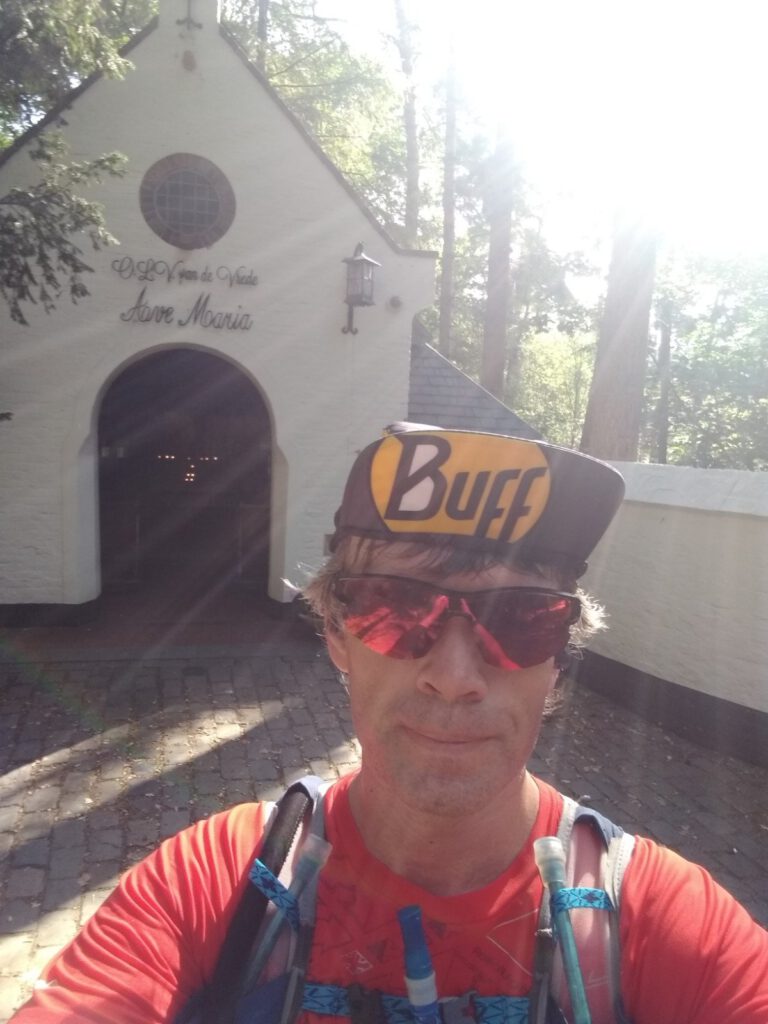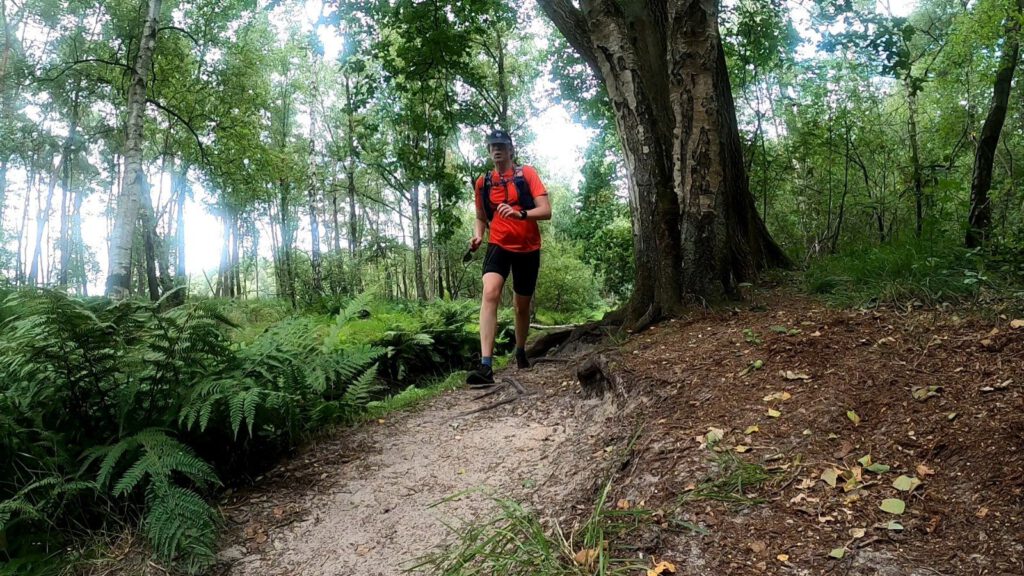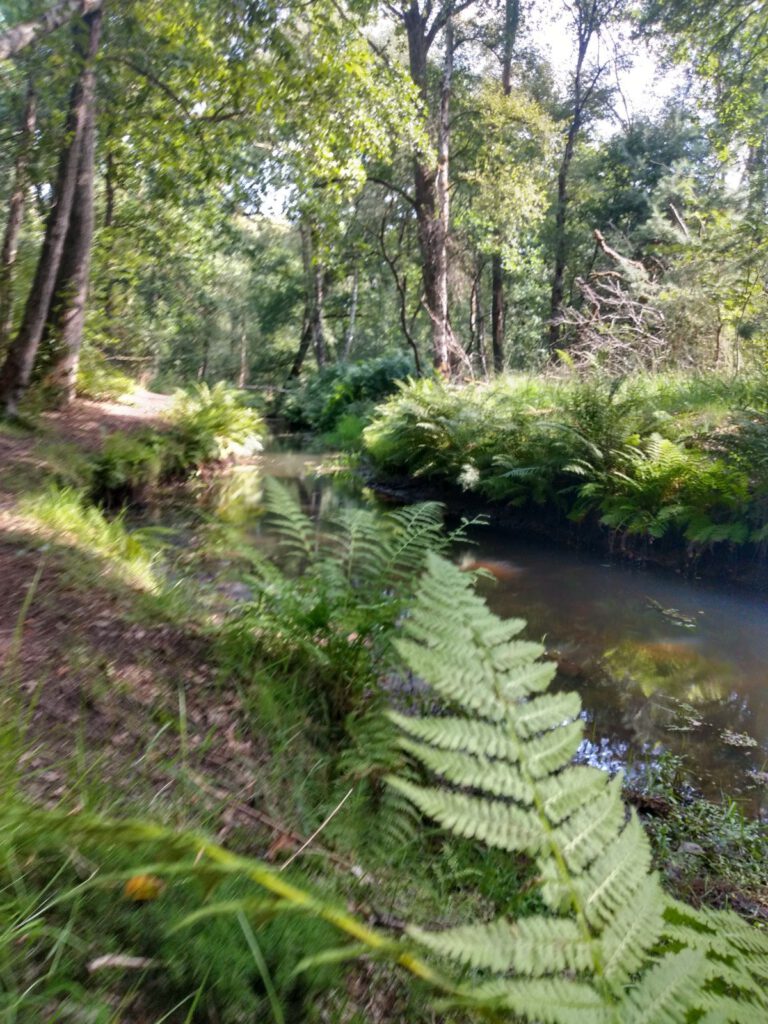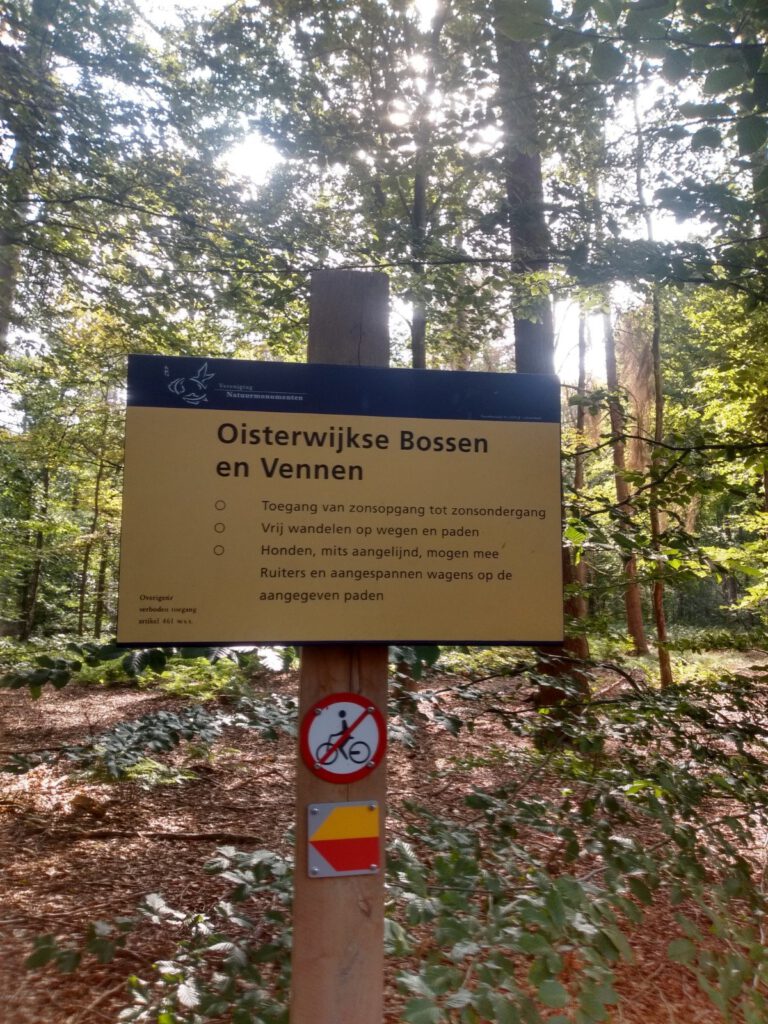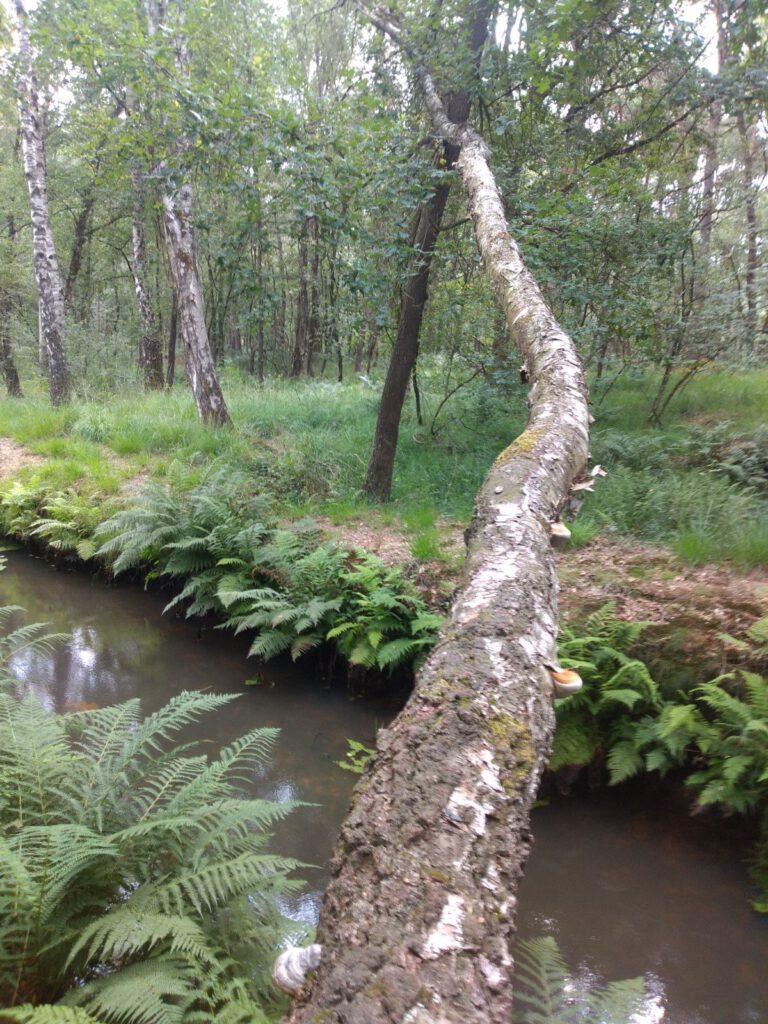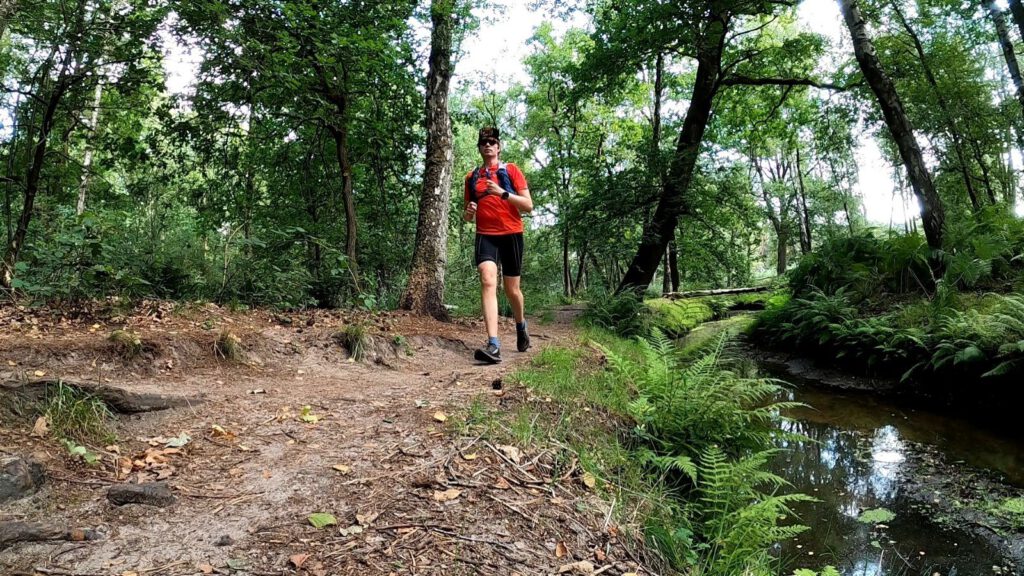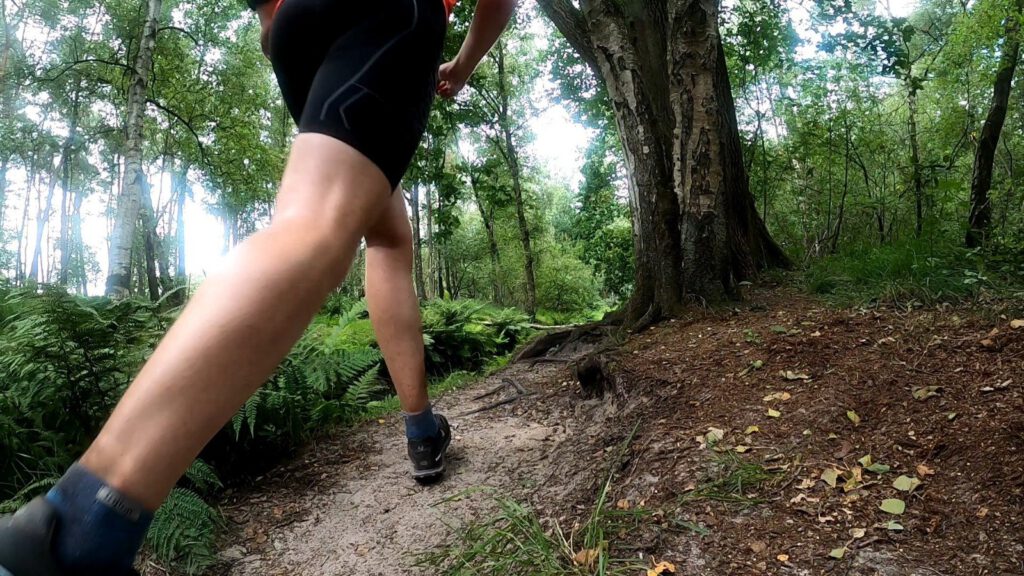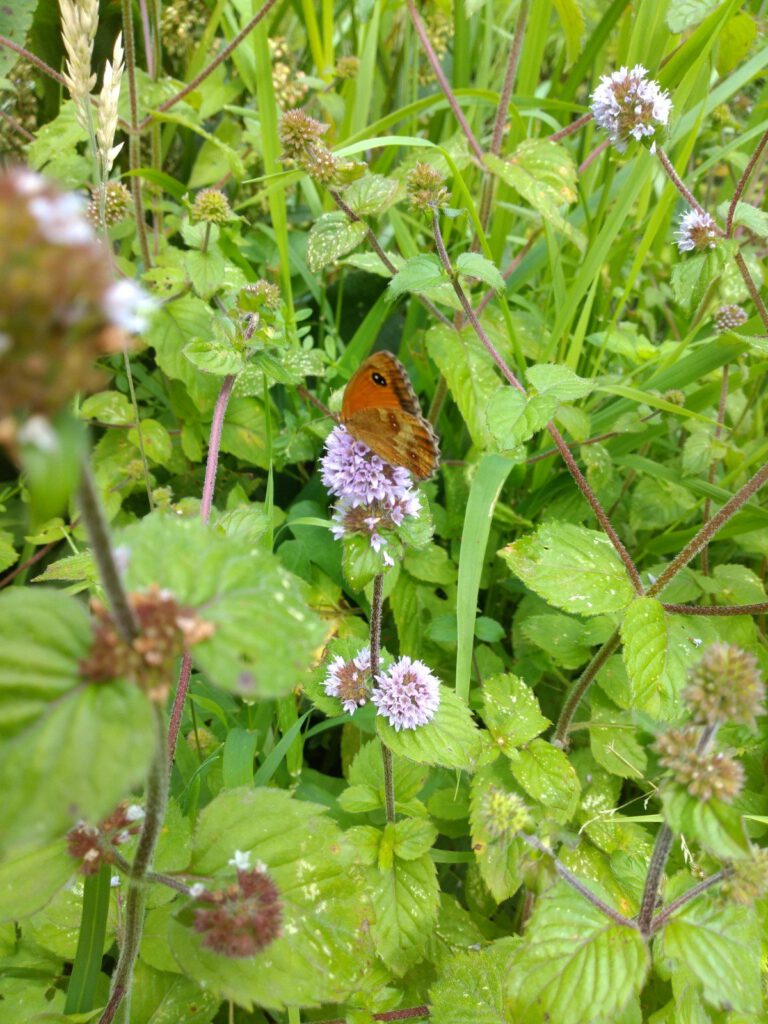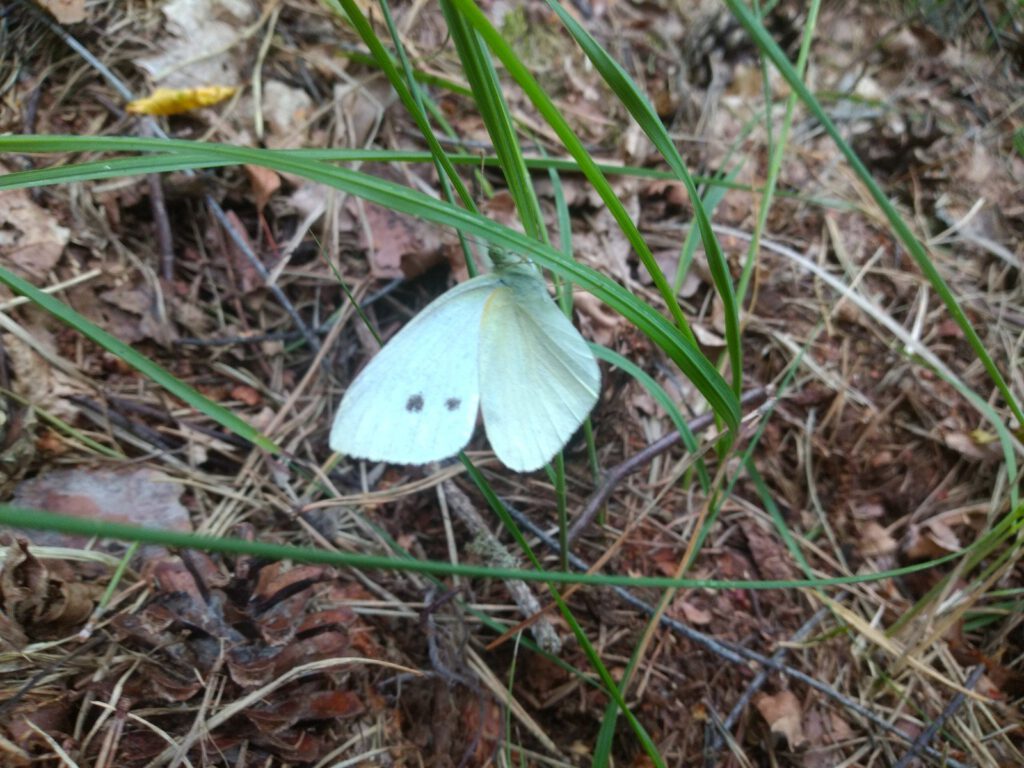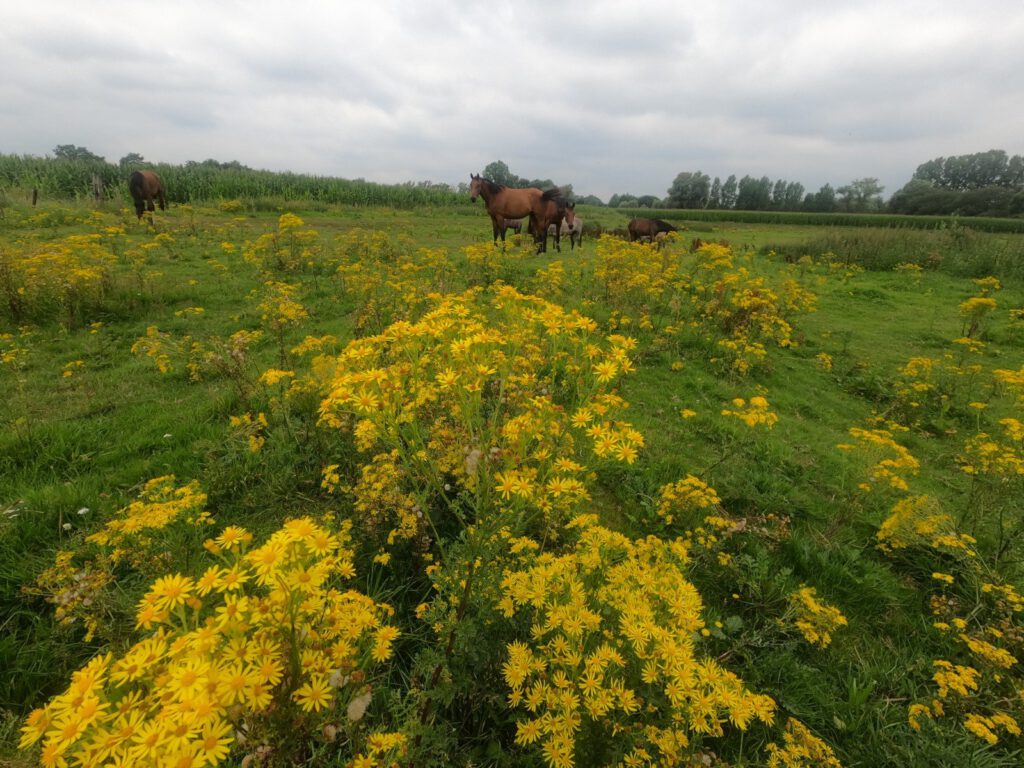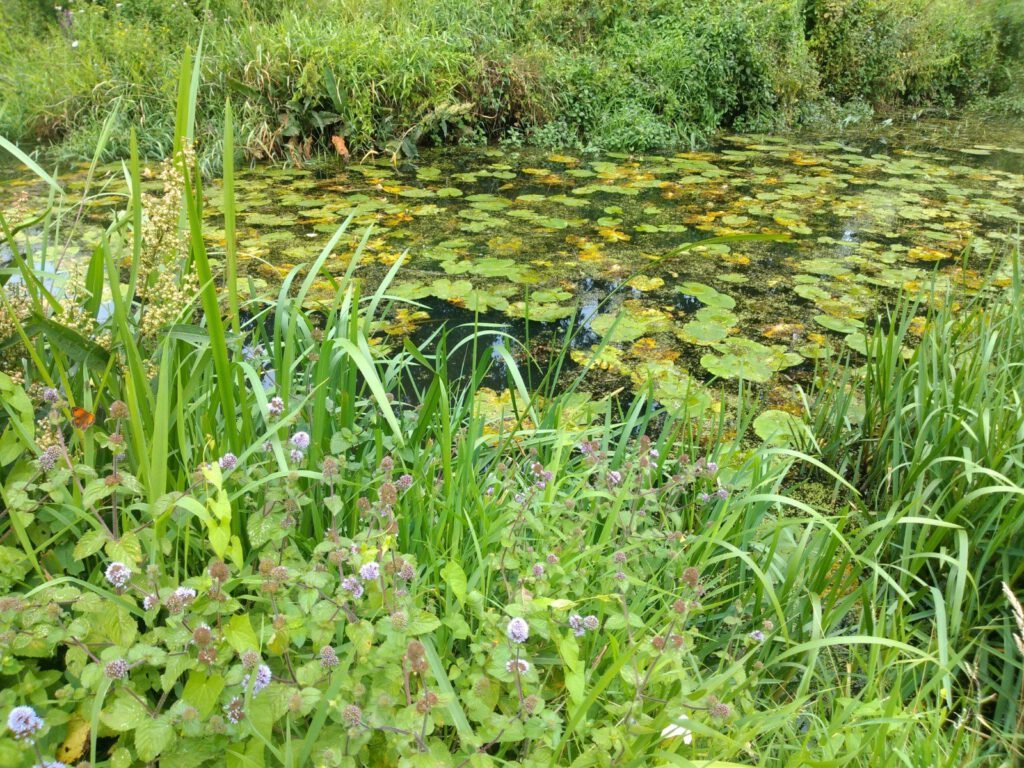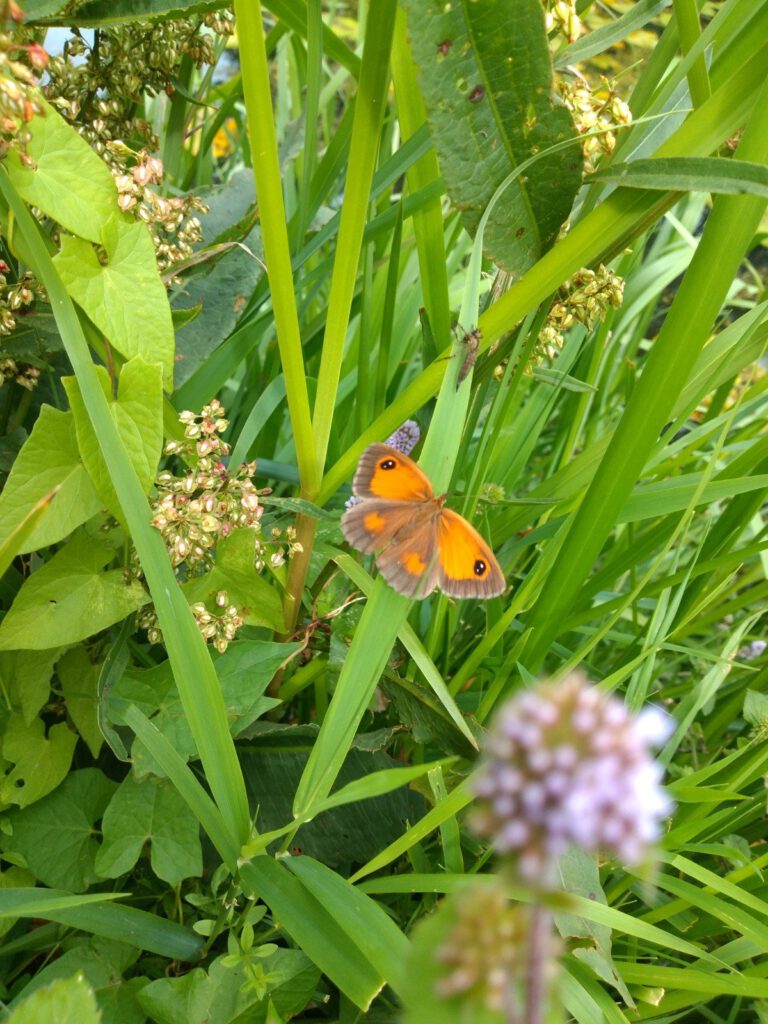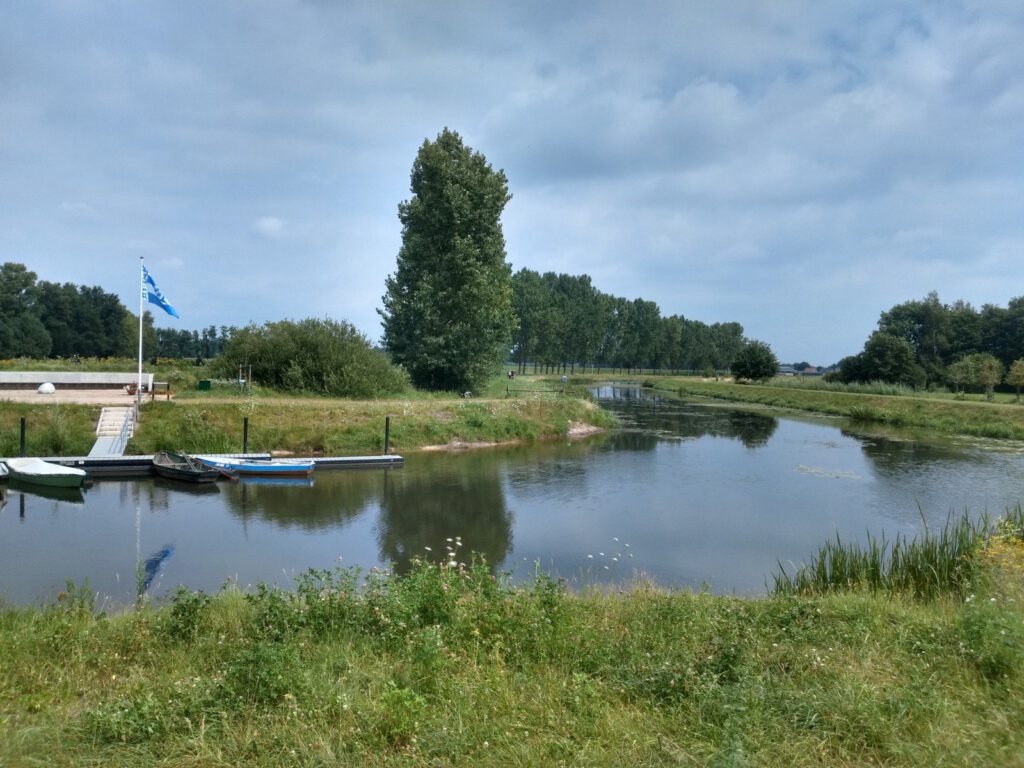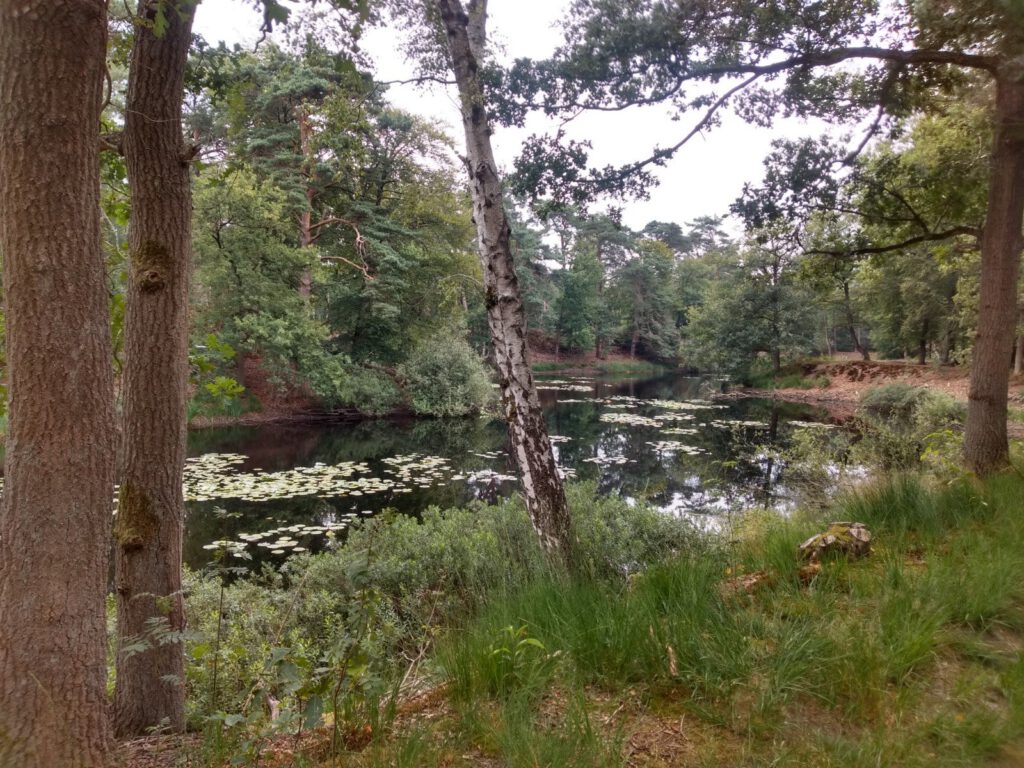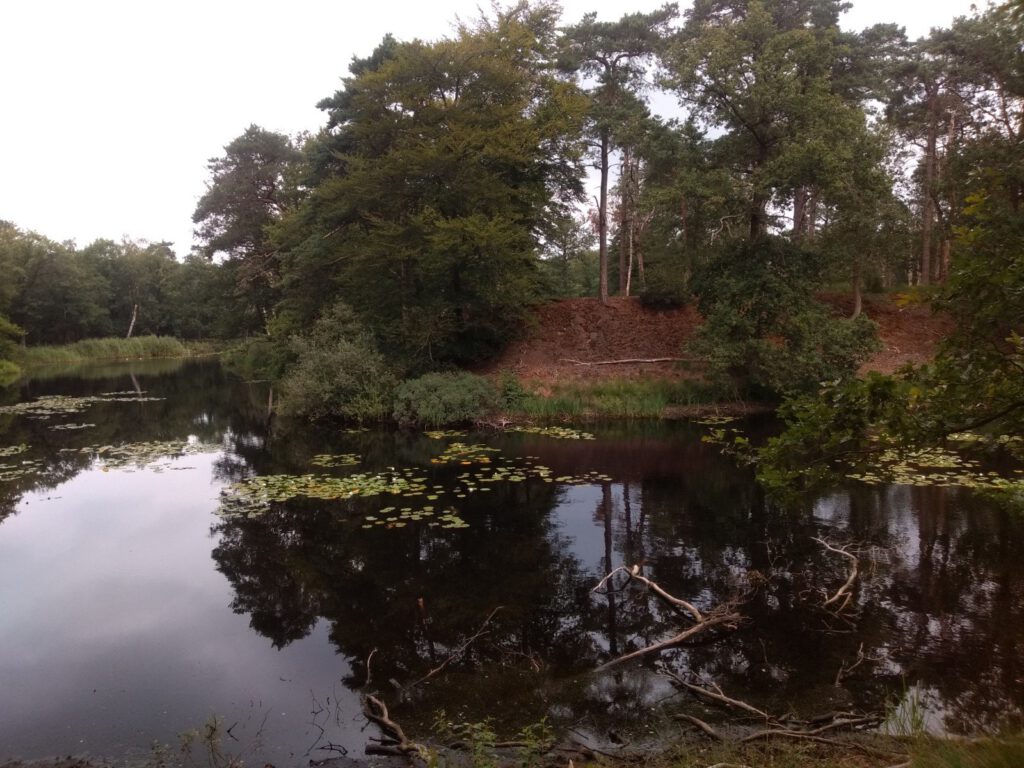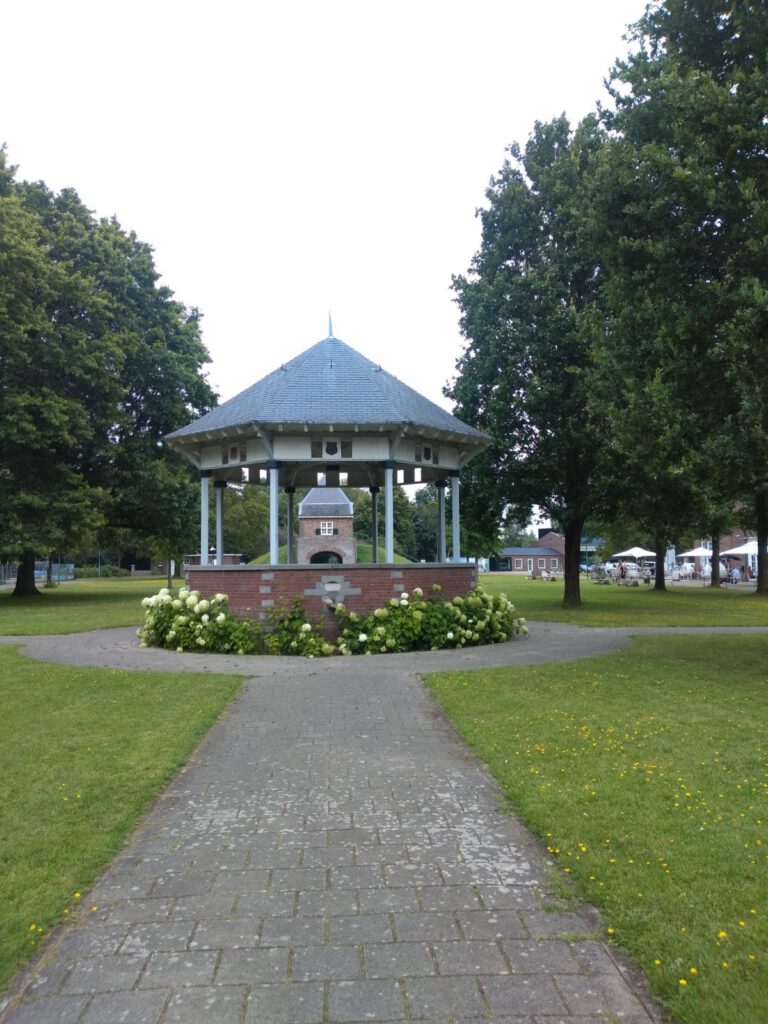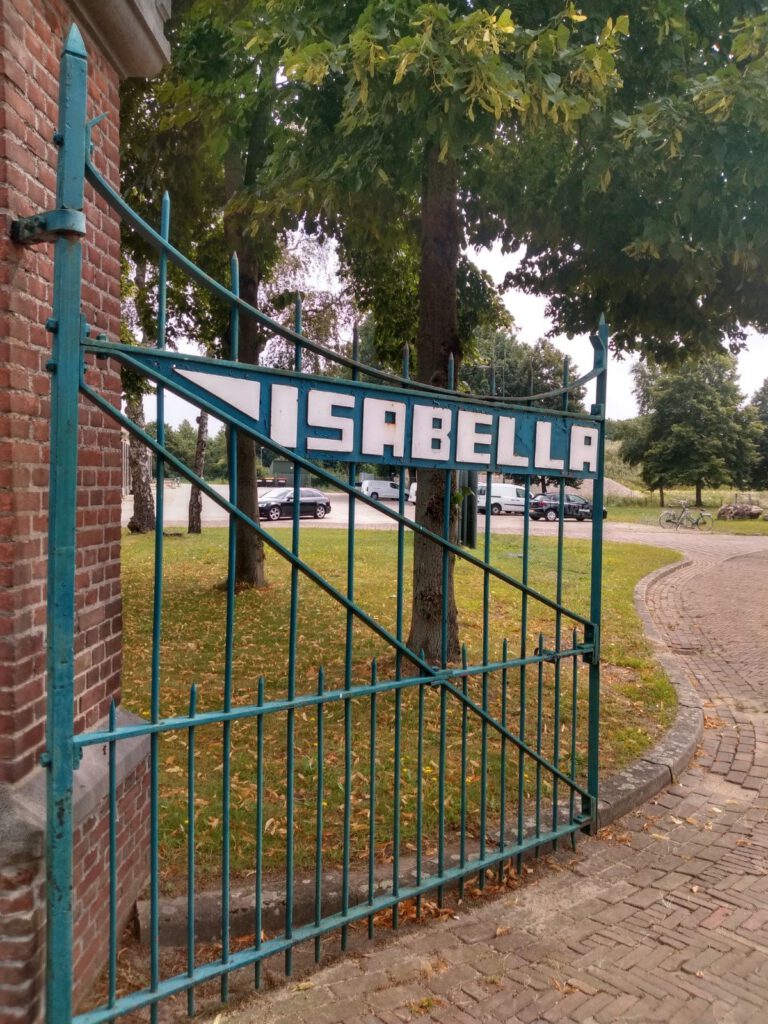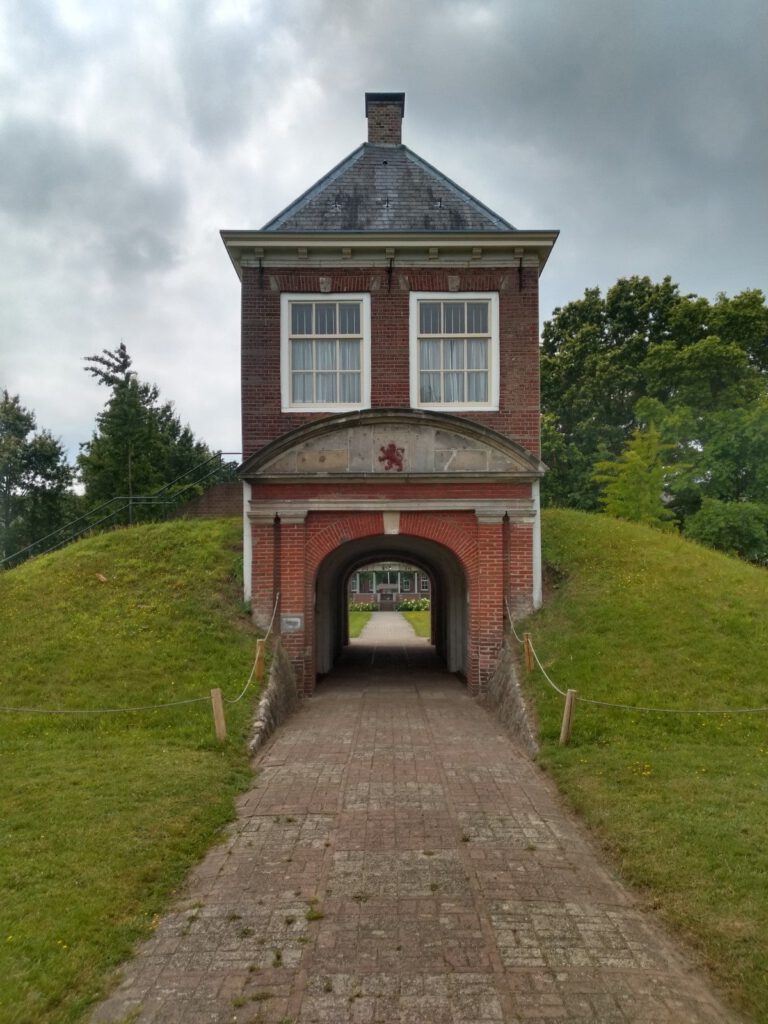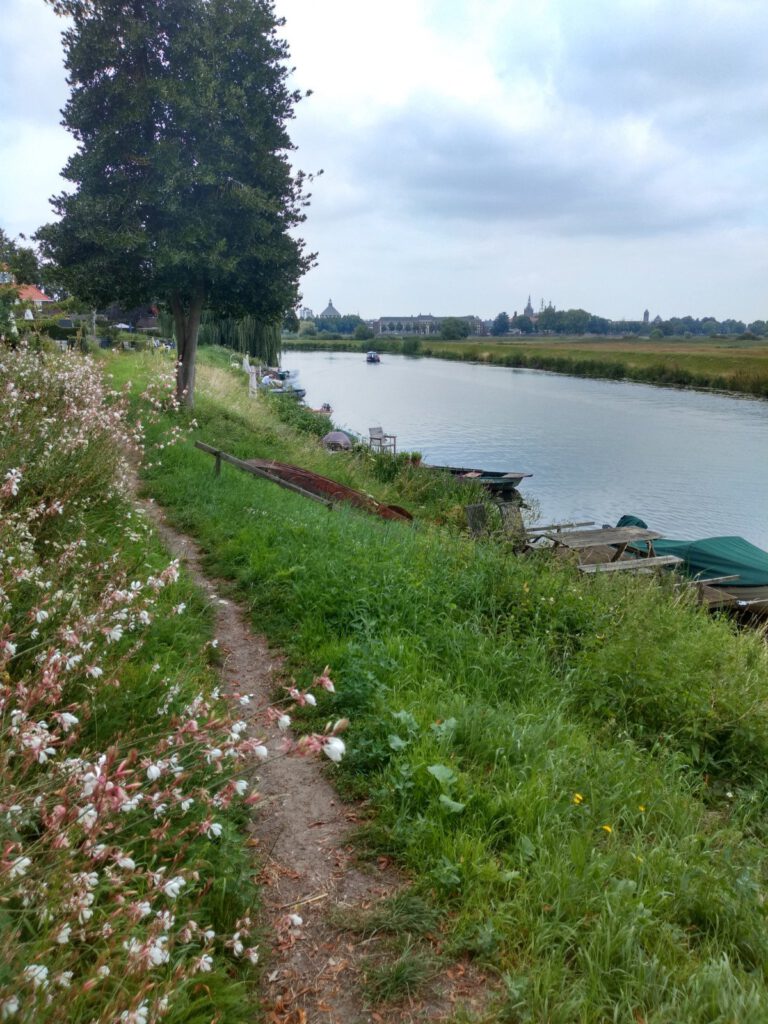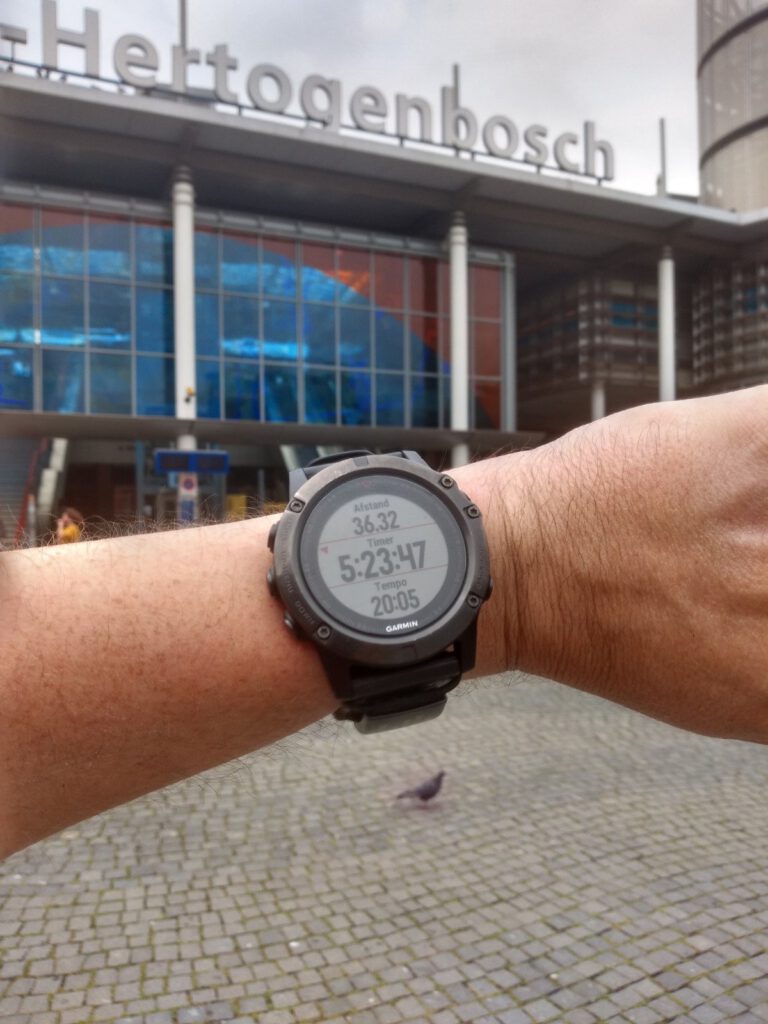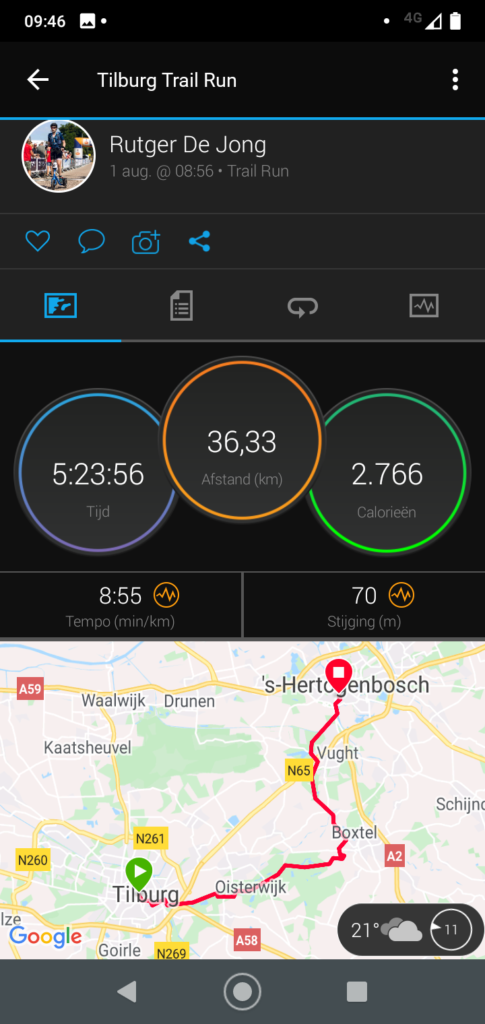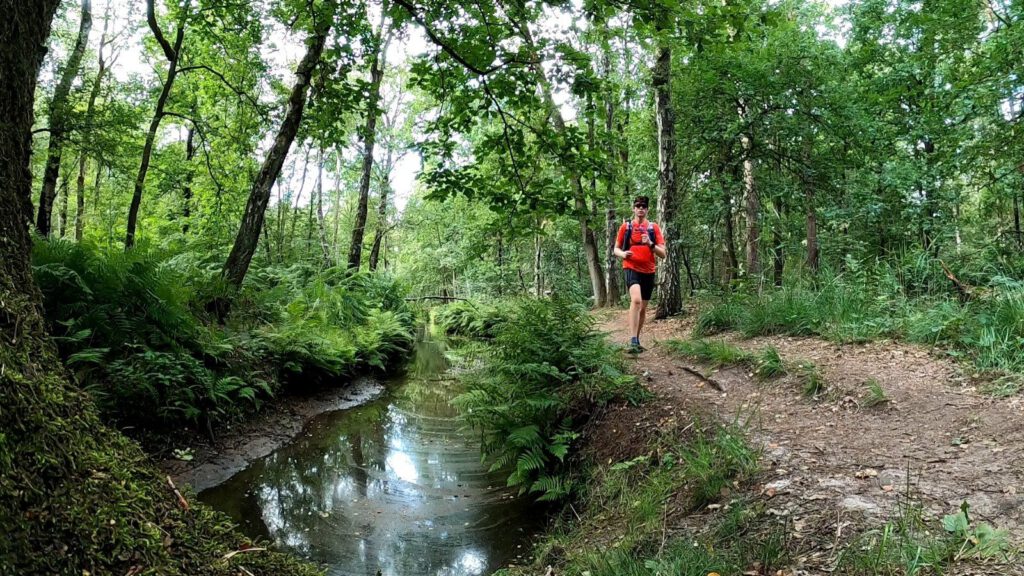
What will happen if you extend an existing NS-trail with one train station? Instead of Tilburg-Boxtel, I made it to Den Bosch. Also a further fascination with yellow fences: CRAW.
Lately it has been very busy running for the GVRAT. Of course I already did the original 1,022 km, but for the 1,000 miles I still have to run a lot. So this report actually comes a week later than planned. And yet I want to continue with this high mileage, even after the GVRAT. Read at the bottom of this message my call for members of the new Lazarus Lake event, the Circumpolar Race Around the World. There's gonna be a team of our own T1eD Together for runners with diabetes and people who care about them.
On August 1st I actually had a walking appointment with Ramona to train together for Indian Summer. Unfortunately it turned out that it was still the middle of summer with temperatures above 30 ºC. Ramona didn't like to start late, which was necessary to travel to Breda, where we had the first two stages of the Hertogenpad on the program. As an alternative the Grote Rivierenpad looked interesting. But although closer to home, this route also had a problem: it starts in Hoek van Holland. Because of the expected crowded beaches, it was advised not to travel there the day before. Hoek van Holland is the main beach for Rotterdam... so there was nothing else to do but run separately. Ramona was going to remain close to home, I was going to a place yet to be determined.
I thought it would be a good idea not to do the Hertogenpad right away, but first to look at some well shaded alternatives. Noord-Brabant was still the big contender in terms of location, as it can be reached relatively quickly from Pijnacker and there are many forests. The Veluwe and Utrechtse Heuvelrug are a bit further, especially if there is work on the railway and metro network. My idea was to extend the NS-MST Brabant Vennen route to the desired 35 km by diverting it to Den Bosch. I had run this route before. For the extension I only selected a few points indicating that the paths were very beautiful. Komoot was allowed to plan the rest, as if it were a hiking path and I looked merely if the amount of unpaved was big enough.
Ecoduct
Last time I ran this route, together with Hans Verbeek running on special socks. At the time there was still snow and ice. The Brabant Fens on the route were walkable and it was even so cold that our breath formed ice crystals. Now, with over 30 ºC in the summer it would probably look very different. This time I did not need to take photos of the station clock. Because the last part of the route disappointed us so much last time, it goes right through the industry of Boxtel, I had the route turn away just before the village itself.
Last time I noticed it was a long run to get out of Breda city. Even now that I am used to longer runs, I was a bit disappointed. The first part – with a small detour due to a rebuilding of a square – is a bit boring and fully paved. The route truly starts when you arrive at a strange bridge cum ecoduct. It looks like a normal viaduct, but there is some kind of park built on top of it and part of the road is unpaved. Funnily enough, thanks to a boot camp group, it was one of the busiest parts of the route. Where Zuid-Limburg and Zeeland were very busy with tourists, the Brabant terraces and villages seemed to be extinct along the way. Could this be because of all the negative news about the big corona outbreak there after carnival?
Fens and ferns
When Hans and I ran this route, we started out pretty fast. That wasn't possible this time: it was very hot early on – certainly the first part in town – and unfortunately the blood sugar went down quickly. Even though I had drunk a Generation Ucan before the start; I probably should have done this a bit earlier. While many people use a slow start as a strategy for an even race, to me it is demotivating. Continuously going fast afterwards is more strenuous then.
The route was different in the green, but certainly no less beautiful than in the middle of winter. However, where I could still remember a lot of sand from last time, this time it turned out to be not so bad. Was I simply more used to it?
The part of the route I liked the most last time, stayed the same: the woods near Oisterwijk. The ferns now looked beautiful on the path that meanders along a small stream, the Rosep. I must have been there for about ten minutes because I wanted to have it photographed. Of course just at the same moment that the sugars finally were well. But ok, I couldn't let it be.
For the Kampina I even got a lot more appreciation in the summer. Around the fens and brooks grew many flowers, unusual birds and butterflies showed themselves. But the most beautiful were the ‘ wild’ horses. These were quietly grazing in a herd, so I could approach them quite close.
Asphalt trap
After the Kampina came the moment that I would follow my own route created by Komoot. It was already quite close to Boxtel and that immediately meant a piece of normal road and bike path as underground. Immediately I started to worry: the route had a lot of paths that were unpaved, but could these be cycle paths/pavements as well? Was there enough forest and the like to get to Den Bosch? Or had Komoot just planned an easy quick route?
The mental part of running is the most important part for long distances and this did not help. So I started to walk again. Even though the pace was already so low. Fortunately, at a certain point the path changes to a kind of wide sand road. It's not the single tracks or winding forest roads you might have picked yourself – probably a result of efficiency via Komoot – but it was a good walking surface. Here and there the route was interspersed with a small patch of paved roads or small forest path. As Den Bosch came closer, I put on David Lee Roth to make some speed on the paths again, helped by his bluesrocky tunes.
Own environment
Earlier I told you that in 2007 I worked in Den Bosch and Boxtel for the magazine Cement. As I approached Den Bosch closer, I started to wonder more and more how well I really knew those places. I lived in the centre of Den Bosch, but I had never actively gone to the local nature – at the time I suffered a lot more from hay fever. And that nature is absolutely enchanting.
I run through a forest, and look at a large earthen wall with water in front of it, near the Lunetten Barracks and IJzeren Man. It is such a pity that this doesn't look good on photos, but in the black water, many water lilies float, forming a special contrast with the large trees and earthen ramparts. If Monet would have seen this, he would certainly have painted there.
A little later I arrive at Fort Isabella, which I had explicitly planned in my Komoot route. Also because of the typical star-shaped fortress on the map. The fortress has served for many centuries as one of the defensive lines of Den Bosch. It is named after Archduchess Isabella (1566-1633), a daughter of the Spanish king Philip II. Nowadays the barracks are mainly used for small startups and electric bike rentals. It is being converted into a residential area. One of the most beautiful elements of the fort – ramparts and canals have largely disappeared – is the guardhouse with lower gate from the 18th century. The building is nicknamed ‘ the pimple ’ as it stands over an artificial hill in the middle of the terrain.
But Den Bosch has more surprises in store. My Komoot route comes together with the Pilgrim's Way just outside of Den Bosch. The route runs along the banks of the river Dommel and an impressive panoramic view to Den Bosch opens up. Almost there.
The last bit brought me back to something we already had at the beginning of the route: an ecoduct. A new luxury neighborhood on the other side of the track has a large viaduct over the track that has already won several awards. It is made out of corten steel (rusty appearance) and on top is a park with flowers and trees.
A little way to go and I'm at the station. Time for an omelette. The duration of this route was shamefully long, but I added another 36 km to my GVRAT goal.
CRAW: T1eD Together
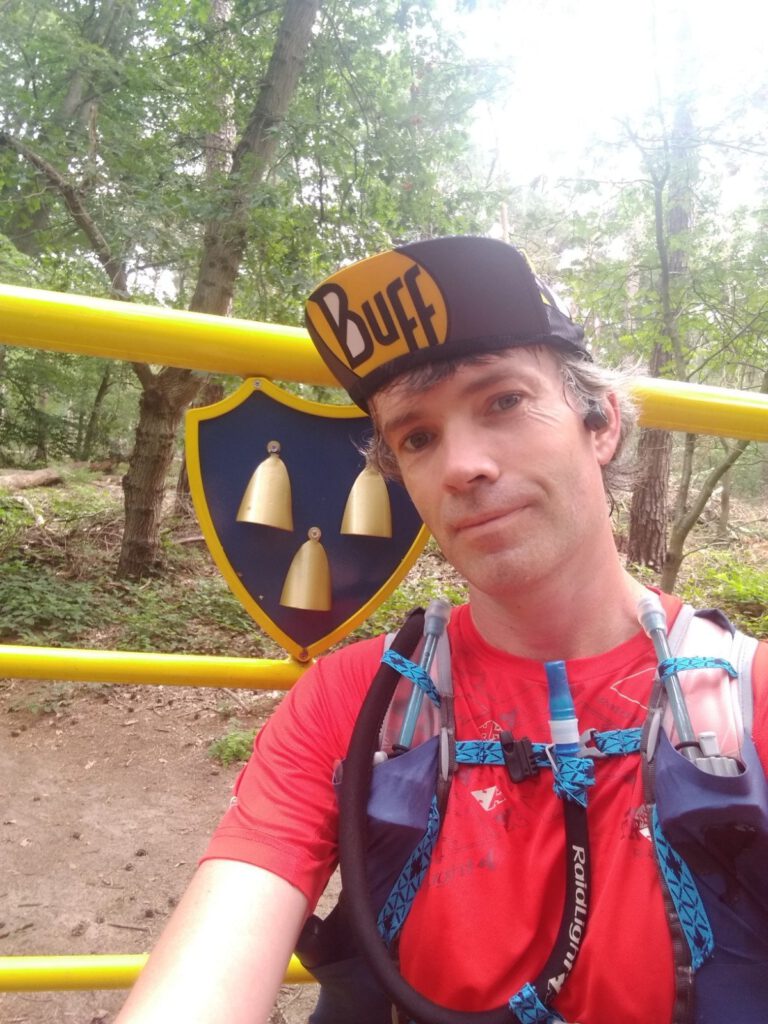
Speaking of GVRAT, yes, there were yellow fences in the Kapellebos. For those who don't know: the Barkley Marathons – just like GVRAT organized by Lazarus Lake (Gary Cantrell) – also starts at a yellow fence. And seeing that fence was actually quite appropriate. Because it's time for the next plans, now that GVRAT is coming to an end. Cantrell understands that too and that's why he has come up with a new challenge, the Circumpolar Race Around the World (CRAW).
CRAW takes much longer than GVRAT. It's a race where you go all over the world and cover a total of 50,000 km as a team of up to 10 runners or as a team with multisporters (maximum 5). The route is divided into 12 sections, where you can disembark if you wish. But the goal is of course to run the whole. And that has to be between September 1st this year and December 31st 2021.
GVRAT certainly made me run and walk more. I would like to continue that, especially with the nice accompanying Facebook group. That's why I decided to set up a group especially for type 1 diabetics and people involved in diabetes (with a heart for diabetics). The team is called T1eD Together, ask me and I give you the password to sign in.
